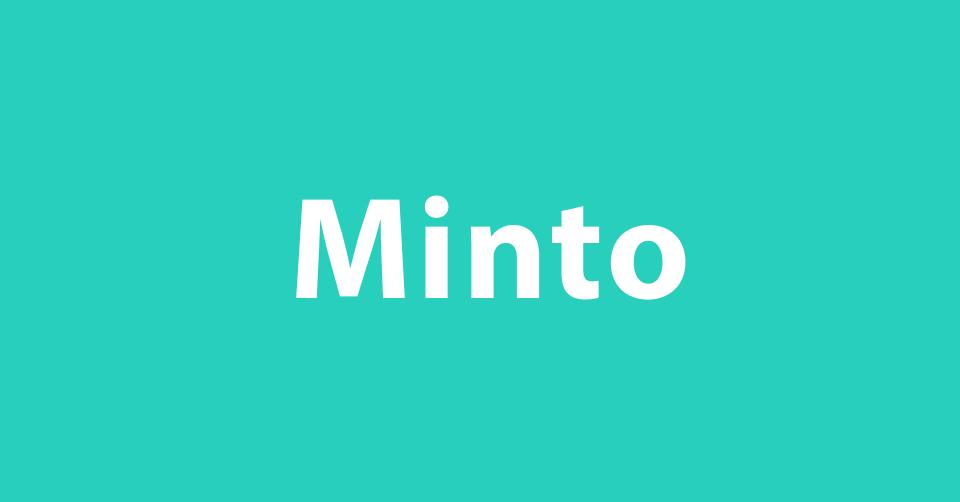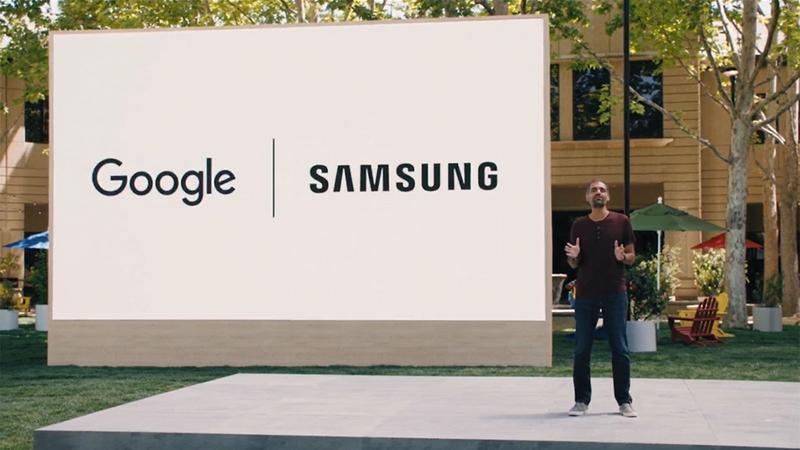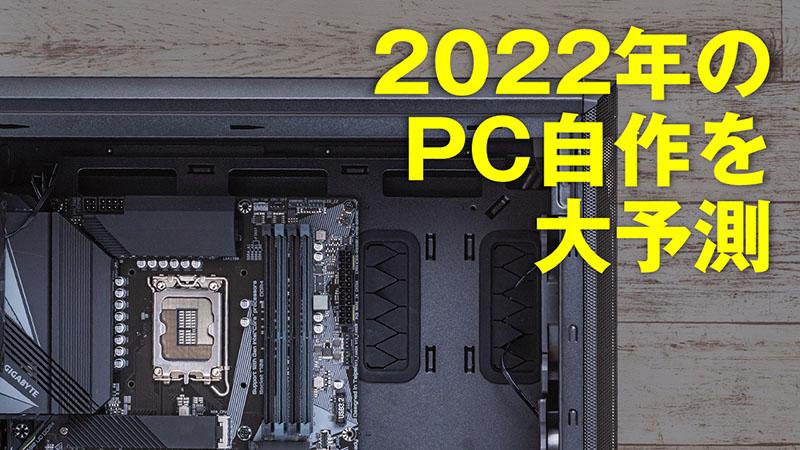How Bitcoin works! Easy-to-understand explanation of the system
Bitcoin is a virtual currency that can be used on the Internet.
The name "virtual currency" makes me feel uneasy, thinking, "Will the money disappear in some way?"
However, since people all over the world work together to maintain correct transaction data, it is unlikely that Bitcoin will disappear somewhere along the way.
Would you believe me if I told you that the work is like a game in which a high-performance computer with a high processing speed performs a huge number of calculations, and whoever finds the fastest answer wins?
In this article, I will explain how Bitcoin works in an easy-to-understand manner. If you read this, there is no doubt that you will be overwhelmed by Bitcoin's novel ideas and the great invention of the century built with precise calculations.
How does Bitcoin work? It functions smoothly without a management body
Bitcoin is money exchanged on the Internet, and is called "virtual currency" or "cryptocurrency".
In 2009, when the world was shaken by the Lehman shock, the Bitcoin system was born.
After that, as the convenience of Bitcoin was understood, the number of users increased rapidly, and the price of Bitcoin skyrocketed from its birth (0 yen) to about 6,000,000 yen per 1 BTC (BTC is the unit of Bitcoin). . *As of 2020Why did bitcoin become so popular?
One of the reasons is that many people acknowledged that "the structure of Bitcoin is reliable".
If the system itself wasn't trusted, there wouldn't be as many people willing to invest their valuable assets.
Bitcoin is maintained and managed by a P2P network
Legal currencies such as the Japanese yen and US dollar are managed by the central bank and the government, and credit cards are managed by financial institutions. I've been
Bitcoin does not have such a management entity. Who is managing it and how?
Usually, financial institutions use a centralized system, which is managed by a main computer, but Bitcoin uses a distributed network called a P2P network*.
What is a P2P network? Also known as Peer to Peer or P2P, this network system is also used for Skype. It is a communication method in which information is exchanged between terminals with equal relationships on the Internet, like turning a circulation board.Bitcoin shares transaction data with this P2P.
Because it is not centrally managed by a server somewhere, the block chain*, which is a mass of transaction data, is distributed to computers all over the world.
Blockchain is like a ledger that contains all past Bitcoin transaction records. It is made up of a record of successful Bitcoin transfers.In this way, blockchain, which is a transaction record, is distributed all over the world by P2P, and all data is open, which is unthinkable for financial institutions so far.
However, centralized systems such as those represented by financial institutions have drawbacks.
If the centralized system is destroyed, there is a possibility that the transaction data will disappear. If the data of one main computer is hacked, the transaction data can be easily forged.In addition, since the operating cost of the organization is high, the user's burden will be increased in the form of fees.
However, since Bitcoin has no base, it is impossible to destroy it because all transaction histories are scattered all over the world. In a sense, it is the most robust system.
What is the Flow of Bitcoin Transactions?
How are Bitcoin transactions established on the Internet even though there is no real currency?
For example, suppose A sends 1 BTC to B.At that time, the P2P network confirms whether Mr. A has the amount of bitcoin that can be transferred, and if the bitcoin is recorded in the transaction record that Mr. B has, the payment is completed.
In other words, since Bitcoin is recorded information, the logic is that the owner of Bitcoin changes by rewriting the transaction record.
The general flow of Bitcoin payment completion is as follows.
Bitcoin transaction flow- Send bitcoin with electronic signature
- Record transaction in blockchain
- Proof of work*
By following the above steps, it is possible to trade with Bitcoin without worrying about the existence of a management body.
Blockchain and proof of work will be discussed in more detail later in this article.
Why isn't Bitcoin going bankrupt if no one is running it responsibly? Like you, many people thought, "It will go bankrupt soon anyway," but Bitcoin continues to operate smoothly, contrary to expectations.The hard facts guaranteed by the huge amount of calculation work based on mathematical theory do not allow fraud to enter. We will now explain each mechanism in detail.
What are addresses and public keys? Illustration of a system for electronic signatures with a private key
First of all, one of the minimum things you should understand about the mechanism of Bitcoin is electronic signatures.
By sending bitcoin with an encrypted electronic signature, it is possible to prevent spoofing of the sender and falsification (falsification/counterfeiting) of the transaction.
A private key* is required to send bitcoin to the other party. A private key is like a password represented by a combination of51 alphanumeric characters and must not be disclosed to others. If the private key is hacked, there is a risk of theft of bitcoin, so it is necessary to keep the private key strictly.
A public key* is created from this private key. The public key is paired with theprivate key, but it is an electronic signature that can be disclosed to others. The public key encrypts the private key with a complex calculation, so the private key cannot be derived from the public key.
A bitcoin address* can be created from this public key. A bitcoin address is like a deposit account for using bitcoin. It consists of 27 to 34 alphanumeric characters and can be converted to a QR code.You can create various addresses from one public key. If you post your bitcoin address on the Internet, you can solicit donations from an unspecified number of people.
Without this address and public key, you will not be able to send bitcoin to the other party.
The remittance information of "who" and "how much" to send bitcoin is signed by the owner of the bitcoin, who is the source of the remittance, using a private key to prove that the remittance information is correct.
Since this information is encrypted, only the recipient of the bitcoin can decipher it.
The recipient of bitcoin can decrypt it with his public key and receive it after verification.
If owner 1 sends bitcoin to owner 2, owner 1 has hashed transaction data for that coin.
*Hash is a character string obtained by converting a certain data, and once hashed, it cannot be restored to the original data. The hash is used as proof that the previous transaction history is correct.Create a new hash by adding the new transaction history and your public key to the previous hash.
Owner 1 signs this transaction with his private key as proof that it is correct and sends it to the P2P network.
With Bitcoin, only the “sender” is important, and there is no confirmation work for the “receiver”. So be aware that if the person sending your bitcoin sends it to the wrong address, you could lose your money.Private keys, public keys, and bitcoin addresses can generally be obtained from exchanges or wallet (like bitcoin accounts) services.
You mean we make the code? How should I do that ~! You don't have to do the encryption yourself, which involves repeating complex calculations. The computer will do the math for you. All you have to do is send information about how much bitcoin to send and to whom.What is blockchain and mining? A novel mechanism that discloses transaction records
Because Bitcoin discloses all transaction records, illegal double spending is not possible.
All transaction records are anonymous, so no personal information is leaked.
However, all the records of which account has traded how much are made public, and all the huge transaction records so far are stored by "blockchain".
One block is a transaction that takes 10 minutes, and if the transaction is approved as being done correctly, it will be connected to the chain. Only "confirmed" blocks can be chained together.Because this blockchain is open for everyone to see, its transparency is also the proof of its correctness.
Bitcoin protects the system from bankruptcy due to double use of money and counterfeiting due to the enormous calculation record of this block chain.
Blockchain structure
Blockchain is structured like this. Each piece of transaction information signed with the private key and received with the public key is also included in the block.

In addition to the transaction record, each block also contains a code called "Hash of the previous block" and "Nonce*".
*Nonce is an abbreviation forNumber used once, and it works like a one-time password. To prove the correctness of the transaction, you need to find the right nonce.
*Actual hash value
The block contains hashes passed over from the previous block, but to complete this block we must create a new hash and connect it to the next block.
To complete the hash, you need to put a "nonce" that matches the sign like a puzzle.
Finding a nonce requires a brute-force brute-force approach, requiring an enormous amount of computation. Who would do such a cumbersome calculation in the first place? I think so.
However, there are actually many people around the world who put a lot of effort into doing tedious calculations.
Because whoever finds the nonce first gets a bitcoin reward.
The work that seeks nonce is called mining, and the person who does the work is called a miner.
Today's mining requires a huge amount of calculations compared to the early days of blockchain, and ordinary computers cannot keep up with the processing speed. Computers consume an order of magnitude more power, so electricity bills are expensive.Although anyone can participate in mining, due to the above problems, it has been established as a business that is organized using special software in China and developing countries where electricity prices are cheap. .
"Proof of work" is a novel and rational way to prevent data tampering
This seemingly wasteful task of repeating calculations is called "proof of work". Says.
But proof of work is not wasted work.
Data falsification is the biggest problem with blockchains without a controlling body.
Bitcoin's system is screwed up when transactions that actually take place are reversed, or when data is processed as if there were transactions when they weren't.
But proof of work can prevent fraudulent transactions.
For example, if a person maliciously attempts to tamper with transaction data and sends a wrong nonce, then during that 10-minute transaction, people doing the same work around the world will answer the same wrong nonce. If you don't, it won't work.
Blockchain proves correctness with the so-called majority rule.
It is unlikely that more than half of the people will send incorrect information, and we will have to overtake computational speed and electrical power against those looking for the correct nonce. It is said to be near impossible.
Eliminate fraudulent transactions by letting them do a lot of calculations
Not everyone is honest. Of course there are liars and scammers. Due to this weakness, it has been thought that a currency organized by a rabble without a checking function of a controlling body would not work well.
But Bitcoin's system was able to overcome its weaknesses with its "proof of work."
Proof of work is labor intensive and power intensive. In order to cheat with Bitcoin, a lot of effort is required to create blocks, and calculation speed and power that exceed the electricity bill are required, which is not worth the price of cheating.Then the fastest way is to join as an honest miner and receive bitcoin rightfully.
Bitcoin can be said to be a system that skillfully incorporates human psychological desires.
What is a 51% attack that enables fraudulent transactions?
Although the blockchain is created by a huge amount of calculation, there is only one loophole.
It is called a 51% attack* that takes advantage of the majority rule.
What is a 51% attack?If more than half of all miners (organizations) with malicious intent identify the wrong answers as ``correct'' all at once, the Bitcoin blockchain will give the wrong answers as ``correct''. Because it recognizes that it is correct, fraudulent transactions are possible.
Mining has a higher probability of successful mining if the computation speed is fast, so if the group that holds more than half of the computational power is a "malicious" miner, it can be a threat.
At the end of 2013, Bitcoin's credibility was shaken when the processing speed of a Bitcoin mining pool* called Ghash.io nearly exceeded 50%.
A mining pool is a system in which many people cooperate with each other to perform mining in an organized manner. Conditions are given by the mining pool server, and work is done to find nonce.Bitcoin has a large number of mining participants, so the threat of a 51% attack is low, but it may be possible with other cryptocurrencies with few participants.
Is it a difficult calculation to find a nonce? I'm not good at math. It's not difficult, but it's tedious work. Just to be clear, the calculations are done by high-performance computers. It's not at the level you can do on a calculator. People who ask for a nonce are basically "easy to push a button".Bitcoins that can be mined are not infinite!
How much bitcoin can I get by mining?
In the early block of 2009, founders were given 50 BTC.
Rewards are designed to halve every 4 years, and until 2017, 1 block reward is 25 BTC.
The value of Bitcoin fluctuates from time to time, but when converted to Japanese yen at that time, it was 11.25 million yen (1 BTC = 450,000 yen)! 150 million yen when converted to the current Japanese yen!
Many people are participating in the race to be the fastest to connect the blockchain because they want to receive this reward.
Mechanism that Bitcoin cannot be mined indefinitely
In order to prevent the monetary value from declining due to inflation, Bitcoin cannot increase its circulation indefinitely.
It is a mechanism that Bitcoin is generated only by mining, and the amount of Bitcoin that can be received by mining will also be halved.
Bitcoin reserves up to 21 million BTC, blockchain up to 6,929,999th.
Since it takes 10 minutes to mine one block, day X when all blocks will be mined will be in 2142 AD.
Possible Problems Due to Decrease in Mining Reward
Actually, in the end, only a small amount of bitcoin is produced per block, and in the last block, " You will only be able to receive 1/100 million BTC.
The more time passes, the more rewards you get from mining will decrease, but the cost of maintaining computational speed (electricity charges and capital investment) will increase rather than decrease.
If the high incentives for mining create a competitive spirit among many miners, and this leads to the maintenance of a strong system, this paradox can be said to be a worrying aspect.
Who came up with this system in the first place? A mysterious person named Satoshi Nakamoto published a paper in 2009 titled "Bitcoin: A Peer-to-Peer Electronic Cash System". The current Bitcoin distribution system was built faithfully to that paper.Who exactly is Satoshi Nakamoto?
In August 2017, the Bitcoin blockchain split and a new virtual currency, Bitcoin Cash, was born. Along with that, a new problem of Bitcoin is highlighted!If you want to know the cause and background of the split of Bitcoin, and what new problems have been revealed, please read this article.
[What is Bitcoin Cash] Why did it split from Bitcoin?The Mt Gox incident is not a ``bankruptcy of Bitcoin''
The theory of the Bitcoin trading system devised by Satoshi Nakamoto has not yet collapsed.
However, there is a part that Satoshi Nakamoto did not envision. It is an intermediary called a money changer or exchange.
In exchange for not being able to tamper with a strong blockchain, hackers compromise exchange security and steal passwords.
In 2014, the Mt. Gox exchange, an exchange in Japan, suddenly stopped trading after a user's bitcoin was stolen.It is highly likely that the truth of the incident was the embezzlement of President Mt.
*Currently under trial and not guiltyThere is no flaw in the operation of Bitcoin itself. But keep in mind that not all exchange security can be trusted.
The Mt Gox incident caused the price of Bitcoin to plummet, resulting in a negative image of Bitcoin.Why we recommend BitFlyer for buying and selling bitcoins!
bitFlyer is an exchange where you can buy and sell bitcoins with complete security.
bitFlyer uses two-factor authentication with a confirmation code in addition to the login password. Enhance your account security and protect your precious coins from hackers.
In addition, bitFlyer's shareholders include SMBC Venture Capital, Mizuho Capital, Mitsubishi UFJ Capital, and other three major megabanks, as well as famous financial institutions such as SBI Investment and GMO Group.The capital exceeds 4,102,380,000 yen (including capital reserve), and it is a company that is growing at a breakneck pace among Bitcoin exchanges.
As you can see, bitFlyer has ample capital and is supported by many shareholders, so it is unlikely that it will go bankrupt, and it is an exchange where you can trade and store coins with peace of mind. I can say that.
bitFlyer is recommended for the following reasons.
Why we recommend bitFlyerFor the above reasons, bitFlyer has been highly evaluated by users, and is now "No. . "Number one!
* Bitcoin Japanese information site research. 2021 Annual Trading Volume at Domestic Crypto Asset Exchange Service Providers (Including Cash Settlement/Futures Trading) Survey dates are June 11-14, 2021. Research agency: INTAGE Co., Ltd. Smart users who are good at collecting information use bit flyers!BitFlyer is the best for users who want to make money with Bitcoin and want to trade easily
Details of bitFlyerGo to bitFlyer's official websiteCoincheck belongs to the Monex Group
Coincheck became a member of the Monex Group in April 2018.
The Monex Group is a group company listed on the First Section of the Tokyo Stock Exchange, which also owns Monex Securities, and is trusted by people all over Japan.
In addition to Bitcoin, the virtual currency that can be bought and sold is the largest among domestic virtual currency exchanges!
Summary of coin check advantages If you want a virtual currency other than Bitcoin, coin check is recommended! Like Bitcoin, there are many virtual currencies that may be worth several times or even dozens of times more in the future! To learn more about Coincheck Go to the official Coincheck websiteA financial revolution is taking place! Bitcoin's epoch-making mechanism
In this article, we have explained how the virtual currency Bitcoin maintains a reliable transaction record.The preconceived notion that "money is unreliable without a manager" has been completely overturned with the advent of Bitcoin. Rather, it seems that it is more reliable if there is no management body.
Even an unspecified number of people who do not know each other can cooperate in one direction, and based on the answers generated from a huge amount of calculation work, it is possible to build up a correct transaction history.
Of course, the history of Bitcoin is just beginning. In the future, Satoshi Nakamoto may face major challenges that he did not foresee.
However, there is no doubt that engineers in the world surrounding Bitcoin will lead to a solution. We will continue to pay close attention to the future of Bitcoin, which is said to be a currency revolution.








